A thousand-year legacy of violence
In a workshop on the edge of the Al-Aqsa Mosque complex, Muhammad Rowidy spends hours hunched over stained glass panels, painstakingly carving geometric designs into the white plaster. “You see,” Rowidy says, pausing and leaning back, “this painstaking work takes months to complete.”
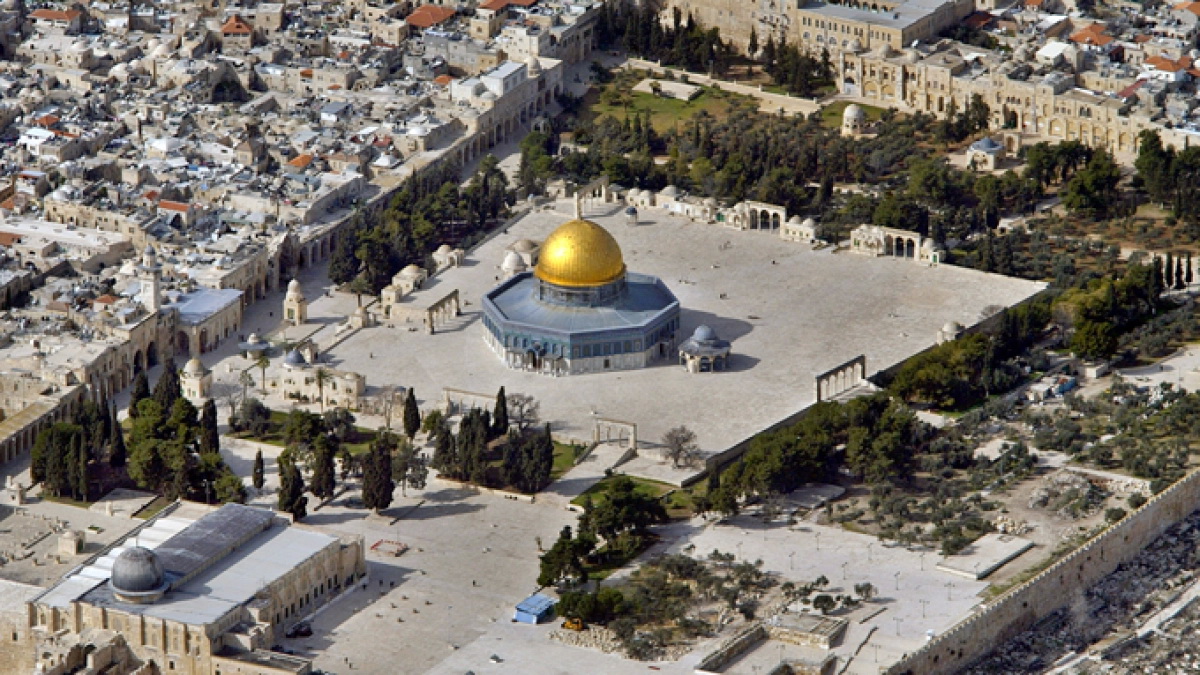
Panorama of Al-Aqsa complex - Photo: Getty Images
Rowidy and dozens of other Palestinian artisans and workers maintain and restore the mosque and other structures at the Al-Aqsa compound in East Jerusalem, a holy site for both Muslims and Jews that Jews call the Temple Mount. But the workers’ work is not just about repairs. They also have to deal with the unrest that often plagues the site.
The Muslim holy month of Ramadan, which begins on Wednesday this year and overlaps with the Jewish Passover holiday from April 5-12, brings larger numbers of worshippers and visitors to the disputed site, raising the possibility of clashes. This year, violence erupted when Palestinian worshippers set up barricades inside Al-Aqsa and Israeli police used force to detain dozens of worshippers.
The complex’s artisans – including a gold leaf expert, bronze smiths and wood carvers – are again facing the prospect of their meticulous work being destroyed, as they have in previous years. Their frustration has been compounded by tighter Israeli control of the complex in recent years, making repairs more difficult.
Workers at Al-Aqsa need Israeli government approval to repair or replace anything there, from steps to broken windows. Clashes at Al-Aqsa between riot police wielding batons firing tear gas and foam bullets and Palestinians armed with rocks and flares have left scores of broken windows and other damage in recent years.
After each attack, Mr. Rowidy and his colleagues have to pick up the pieces. Broken stained-glass windows line the top of the Qibli Mosque, one of the two main structures inside the Al-Aqsa complex, along with the Dome of the Rock, a golden-domed prayer hall. All need to be fixed soon. But craftsmen say it can sometimes take years to secure approval for repairs.
Bassam al-Hallaq, an architect who has supervised artisans and workers at Al-Aqsa for more than 40 years, said that in 2019, Israeli police detained and handcuffed him for hours after he tried to replace a tile without permission. Bassam al-Hallaq later taped newspaper clippings of the experience to a filing cabinet in his office as a reminder.
“They are not acting in accordance with the agreement to manage the complex,” he added. Meanwhile, Israeli police said maintenance at the site was “not their responsibility” but that police would be there to maintain order.
Fragments reflecting conflict
Incidents at the complex have often served as a flashpoint in the Palestinian-Israeli conflict. In 2000, a trip to the site by Ariel Sharon, then Prime Minister of Israel, surrounded by hundreds of police officers, sparked fierce protests from Palestinians.
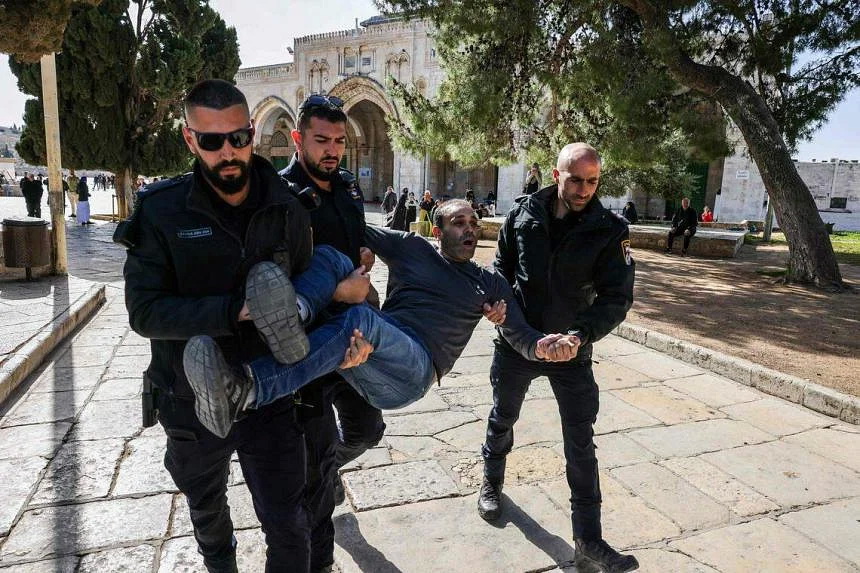
A Palestinian protester is arrested by Israeli police at Al-Aqsa - Photo: Straits Times
More recently, Israeli Security Minister Itamar Ben-Gvir angered Palestinians and Muslim countries in the region by visiting the complex.
Mr al-Hallaq said relations between those working in the complex and the police began to fray after Mr Sharon’s visit. But workers said the situation had become particularly difficult in recent years. Oversight of the complex is handled by an Islamic trust called the Waqf, which is controlled and funded by Jordan under an unwritten agreement with Israel, which has sole responsibility for security and maintains a small police station inside.
Israel says there has been no change to the status quo that has existed at the complex since it captured and annexed East Jerusalem, including the Old City and the Al-Aqsa compound, in 1967. Much of the world considers that annexation illegal and does not recognize Israeli sovereignty over East Jerusalem.
Yitzhak Reiter, president of the Israeli Association for Islamic and Middle Eastern Studies, which specializes in resolving conflicts at holy sites, said that in recent years Israeli police have increased their presence inside the complex to monitor the work of artisans and escort Jewish worshippers.
During police raids on the complex last year, the Qibli Mosque had its door handles broken and its windows shattered. Rowidy said it was easy to tell who had damaged what. Israeli police smashed many things with batons, he said. A video posted to Facebook showed one of the windows being smashed, with what appeared to be a baton, from the outside. Meanwhile, Palestinians throwing rocks at police had blown large holes in the windows.
The glass was damaged last year, initially by Palestinians, before being completely destroyed by Israeli officers who used the hole to fire tear gas and sponge-tipped projectiles into the mosque, Mr Rowidy said.
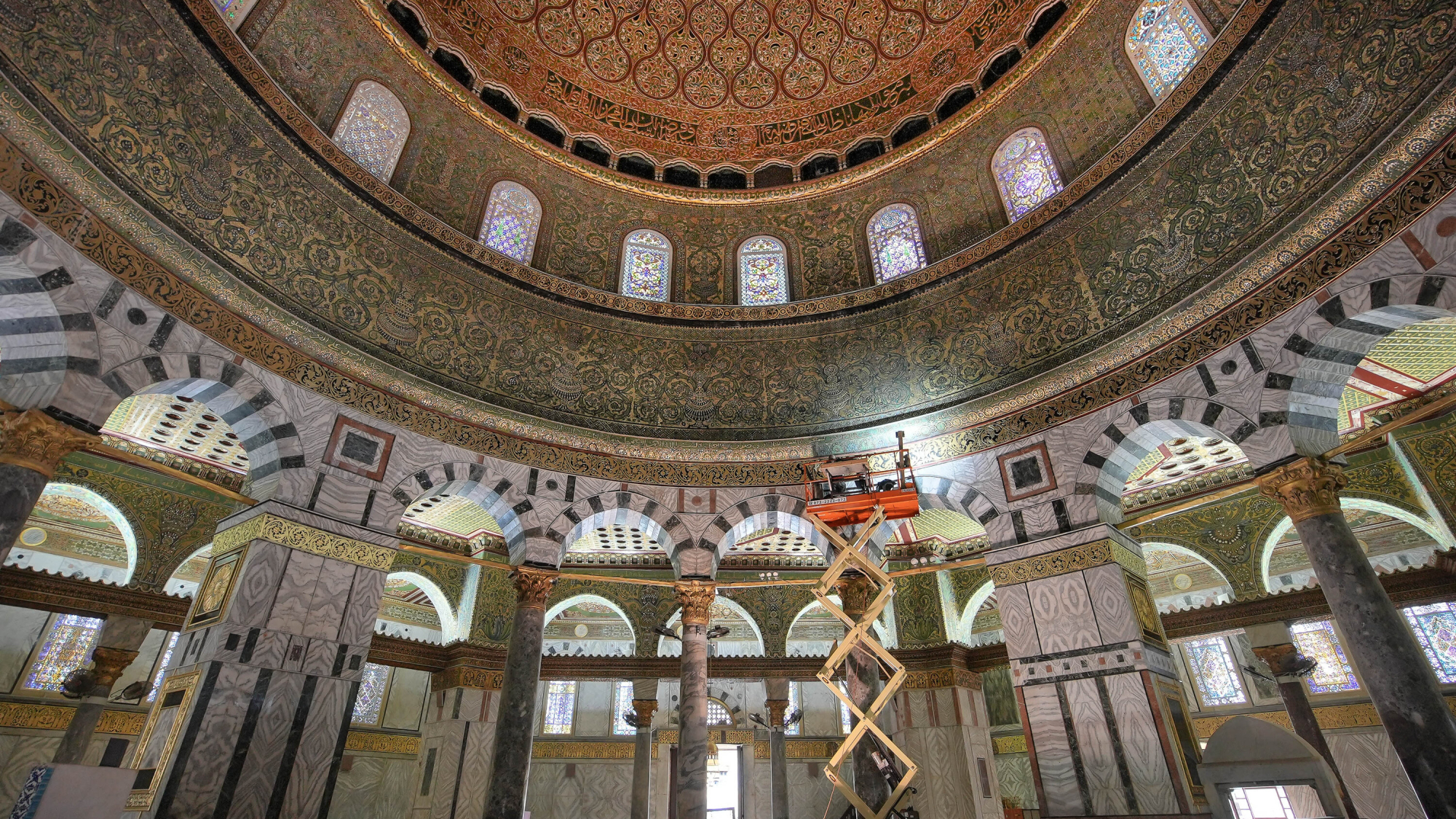
Priceless stained glass panels inside the Qibli Mosque - Photo: New York Times
After Ramadan last year, artisans dismantled the window’s wooden frame, removed the broken glass and plaster, and began the painstaking restoration. First, they installed a new pane of glass and poured plaster over both sides. Then they drew geometric designs on the plaster using soft charcoal.
Using a small pickaxe, Mr. Rowidy slowly moved along the edges, removing the plaster bit by bit to reveal the glass underneath. Inside the workshop, the only sounds were the scraping of an iron pickaxe on the plaster, the fan, and the recitation of the Quran. Outside, in the courtyard next to the Dome of the Rock, some of his colleagues were repairing an underground pipe. Two police officers kept watch. Nearby, heavily armed police escorted Jewish worshippers around the compound.
Pausing from his work, Mr. Rowidy silently observed the broken windows at the Qibli Mosque, some dating back to the Ottoman Empire, which he hopes will one day be repaired.
“When a window like this breaks, my heart breaks with it,” Rowidy said, pointing to a large pink and blue window. “I’m very worried about the days ahead. There’s going to be violence, and we’re going to see more priceless glass shattered here.”
Where did the conflict break out?
Al-Aqsa is located in the heart of Jerusalem's Old City, on a hill known to Jews as the Temple Mount. Muslims consider the site the third holiest site in Islam, after Mecca and Medina. Jews consider it the holiest site in Judaism. Al-Aqsa is the name given to the entire complex and is home to two Islamic holy sites: the Dome of the Rock and the Al-Aqsa Mosque, also known as the Qibli Mosque.
Israel captured Al-Aqsa in the 1967 Middle East war and annexed it along with the rest of East Jerusalem and adjacent parts of the West Bank, a move not recognized internationally. Under the 1967 Israeli-Palestinian agreement, non-Muslims can visit but only Muslims are allowed to worship inside the mosque. But in recent years, Jews have been praying inside Al-Aqsa, leading to protests and violence.
The clashes often flare up during the Muslim holy month of Ramadan and become more intense when it coincides with the Jewish Passover, as it did this year. Each time Israel cracks down on Palestinians in Al-Aqsa, Hamas in the Gaza Strip and Hezbollah, the Shia Muslim militant group operating in southern Lebanon, fire rockets at Israel. In response, Israel launches a series of heavy airstrikes in Gaza and southern Lebanon aimed at destroying Hamas and Hezbollah bases.
The attacks and retaliations often escalated into fierce fighting, including a bloody 11-day war between Israel and Hamas that left more than 200 people dead last May.
Khanh Nguyen
Source


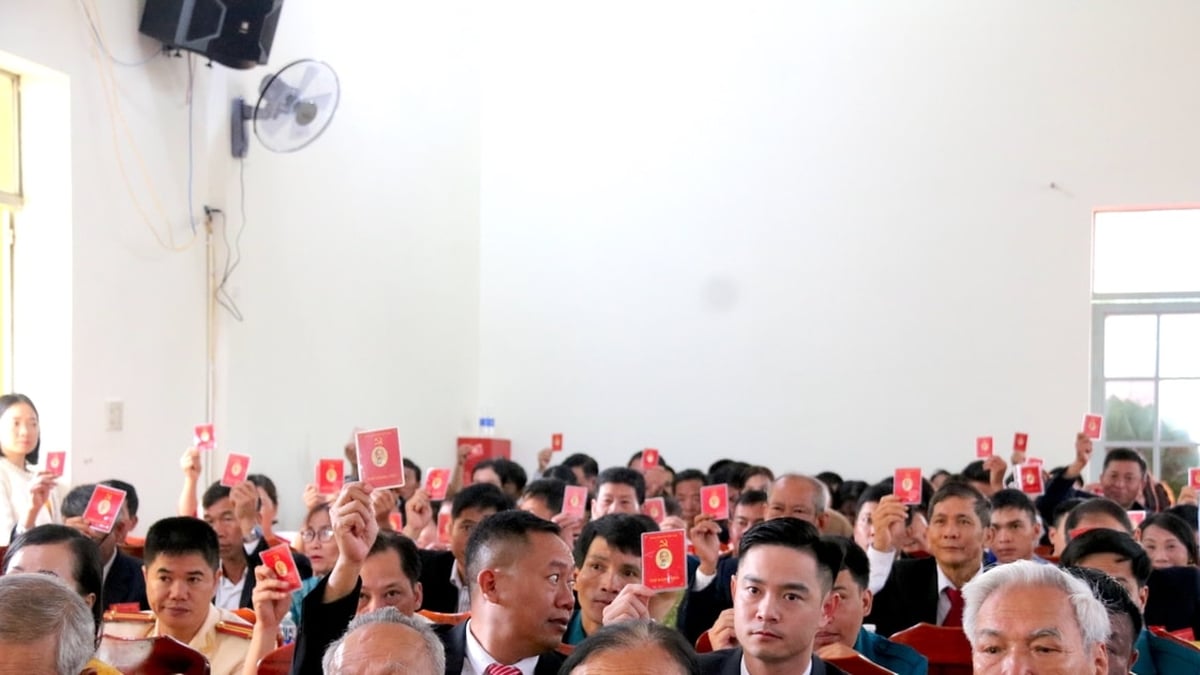
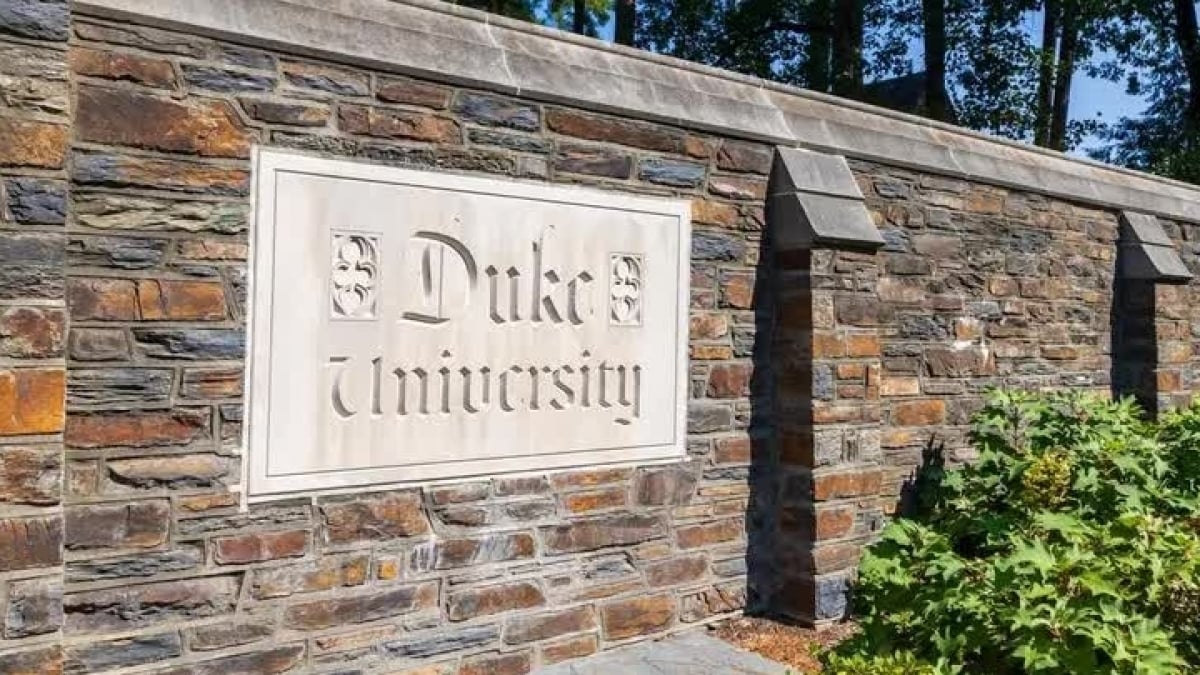

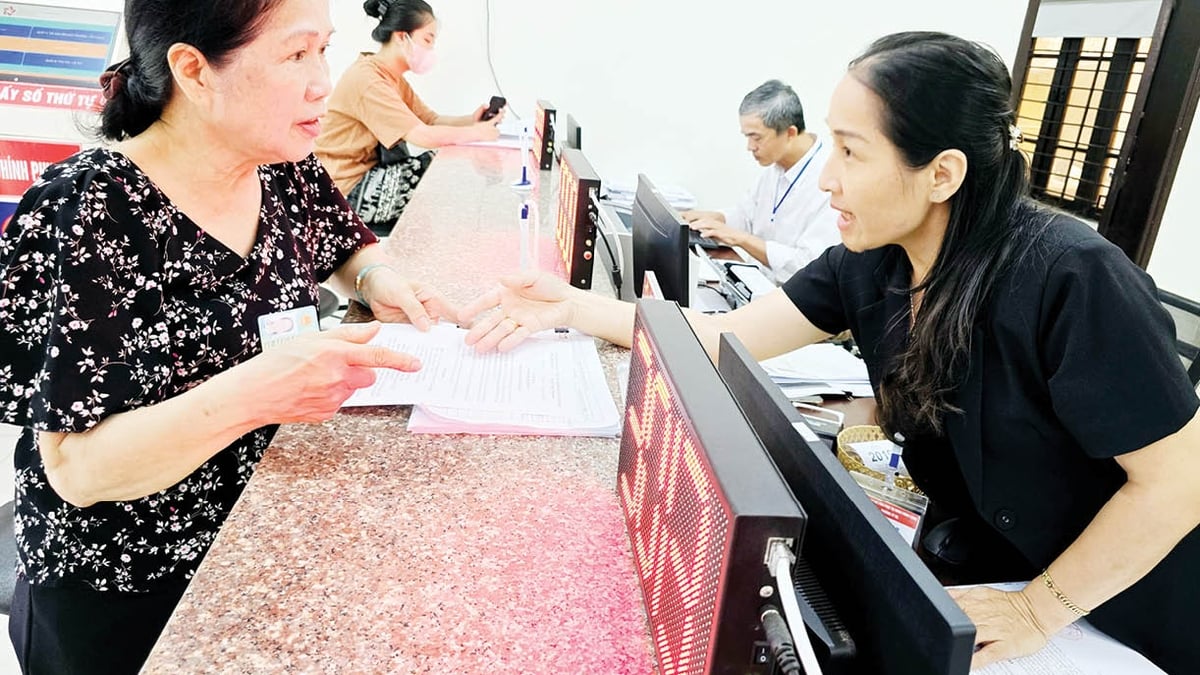




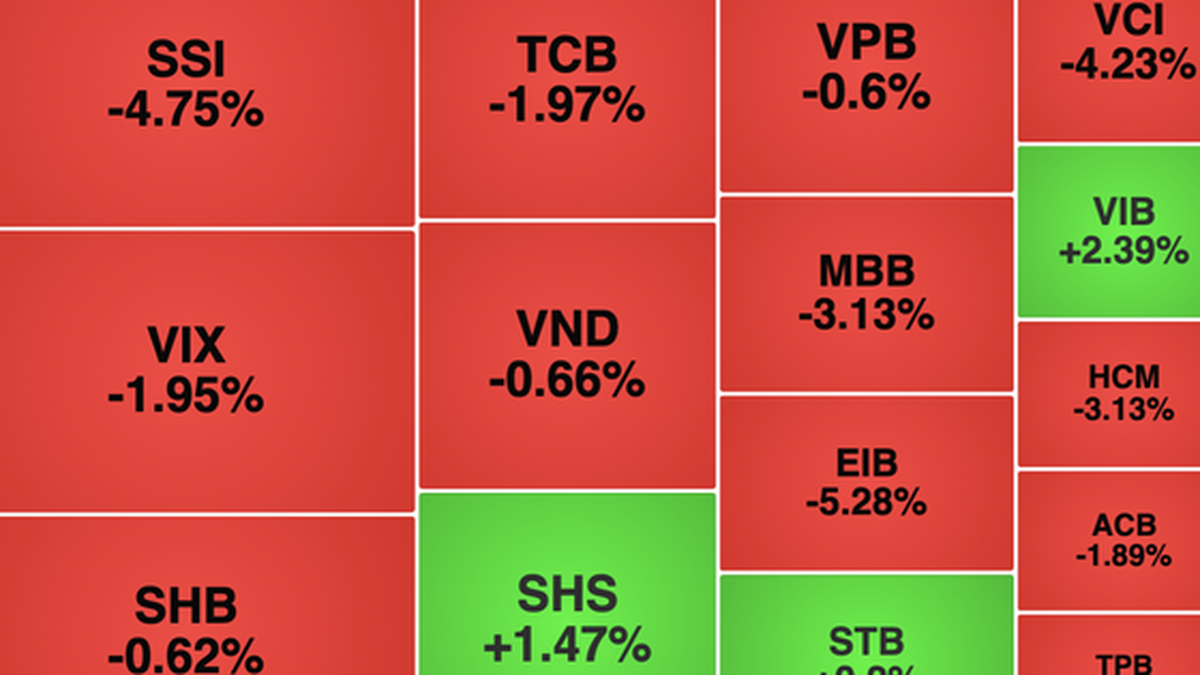














![[Photo] National Assembly Chairman attends the seminar "Building and operating an international financial center and recommendations for Vietnam"](https://vphoto.vietnam.vn/thumb/1200x675/vietnam/resource/IMAGE/2025/7/28/76393436936e457db31ec84433289f72)






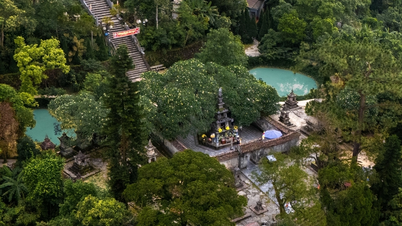







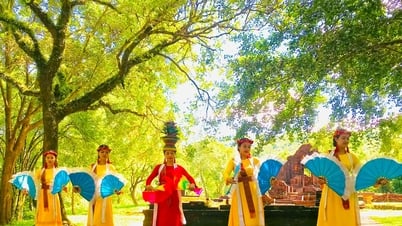

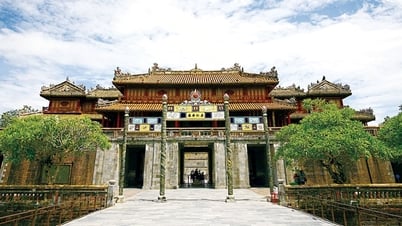

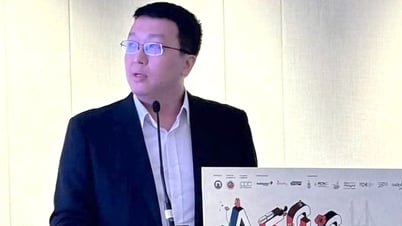

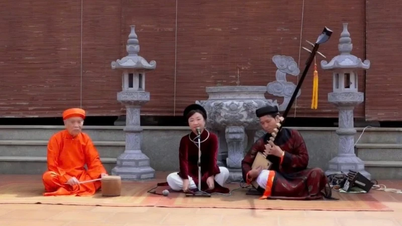







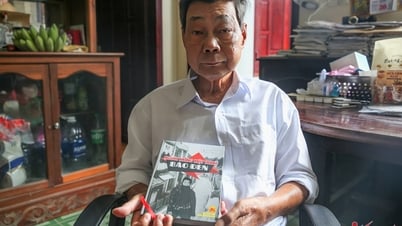






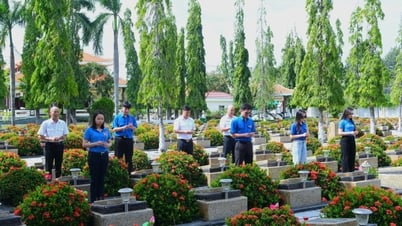


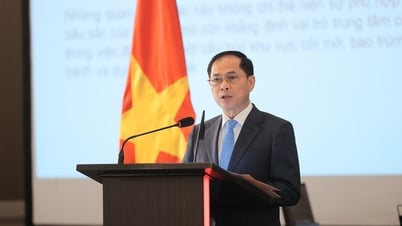


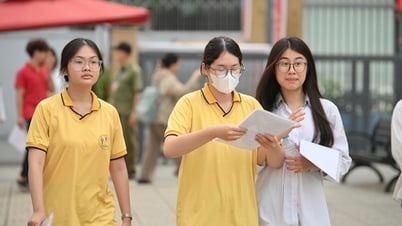


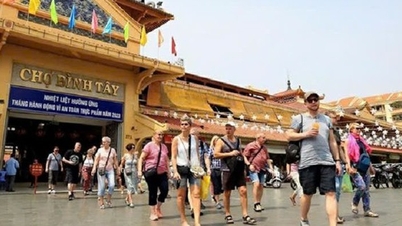






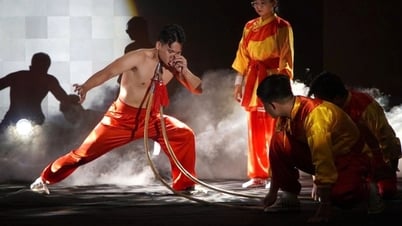






















Comment (0)